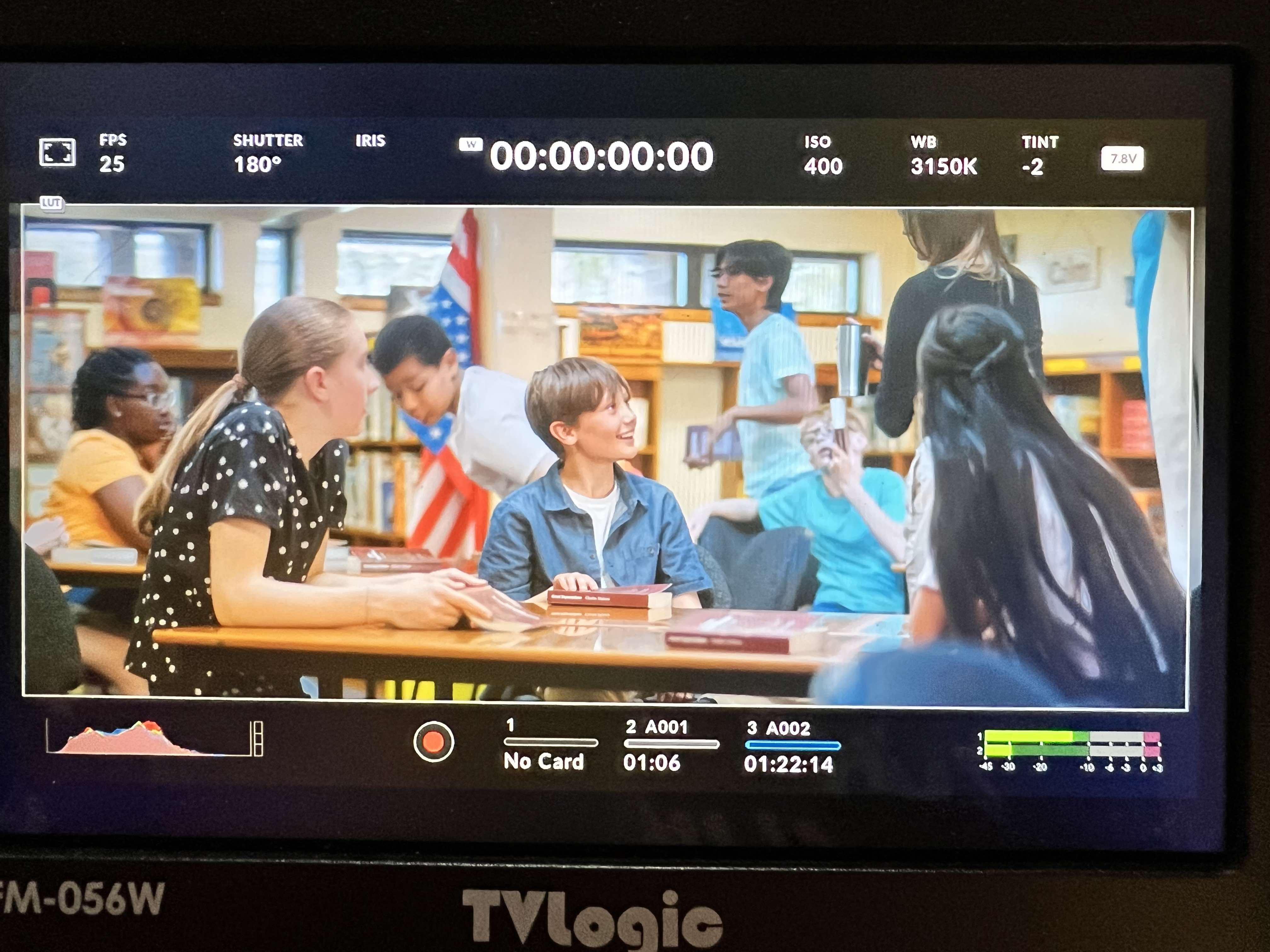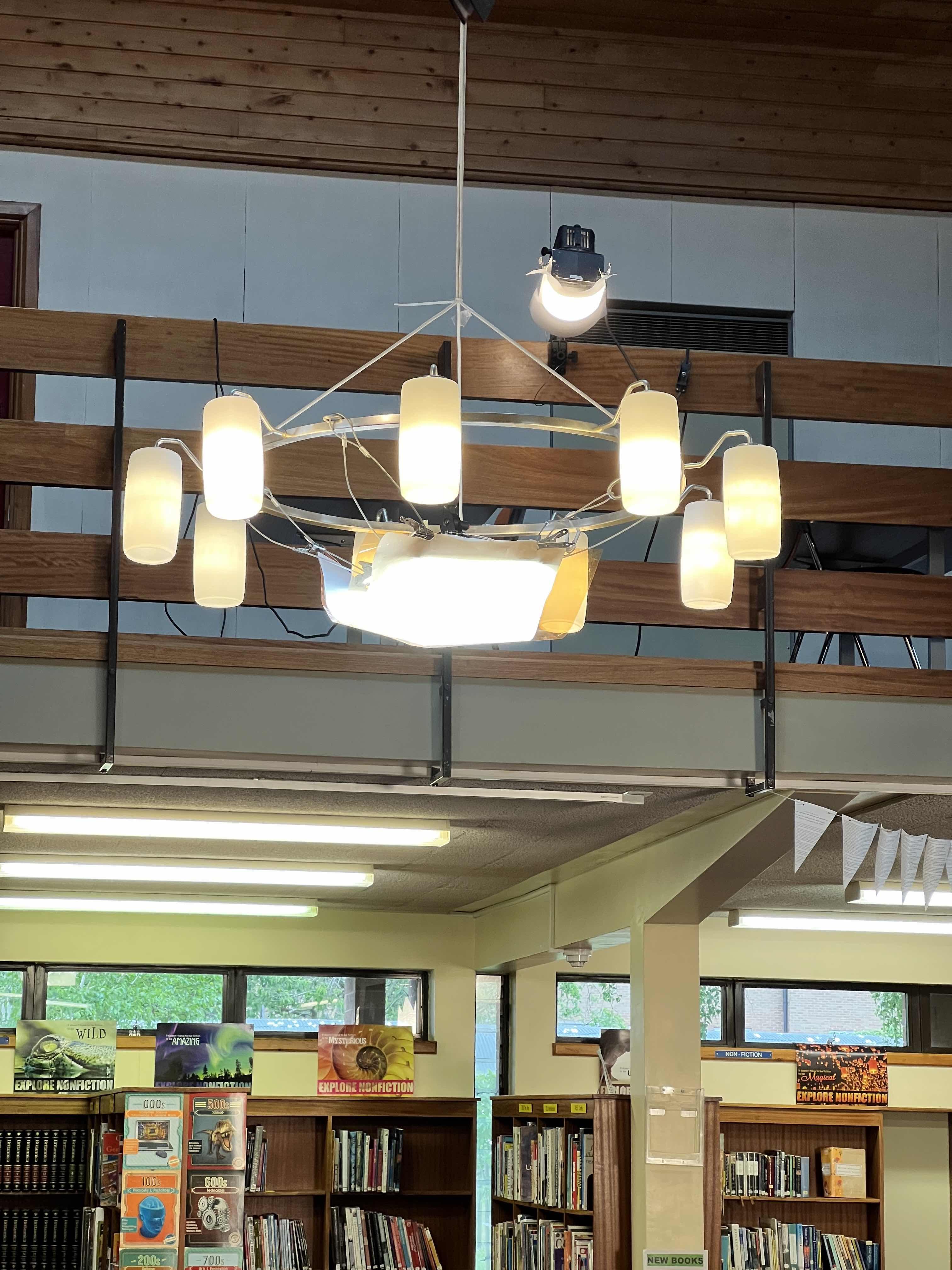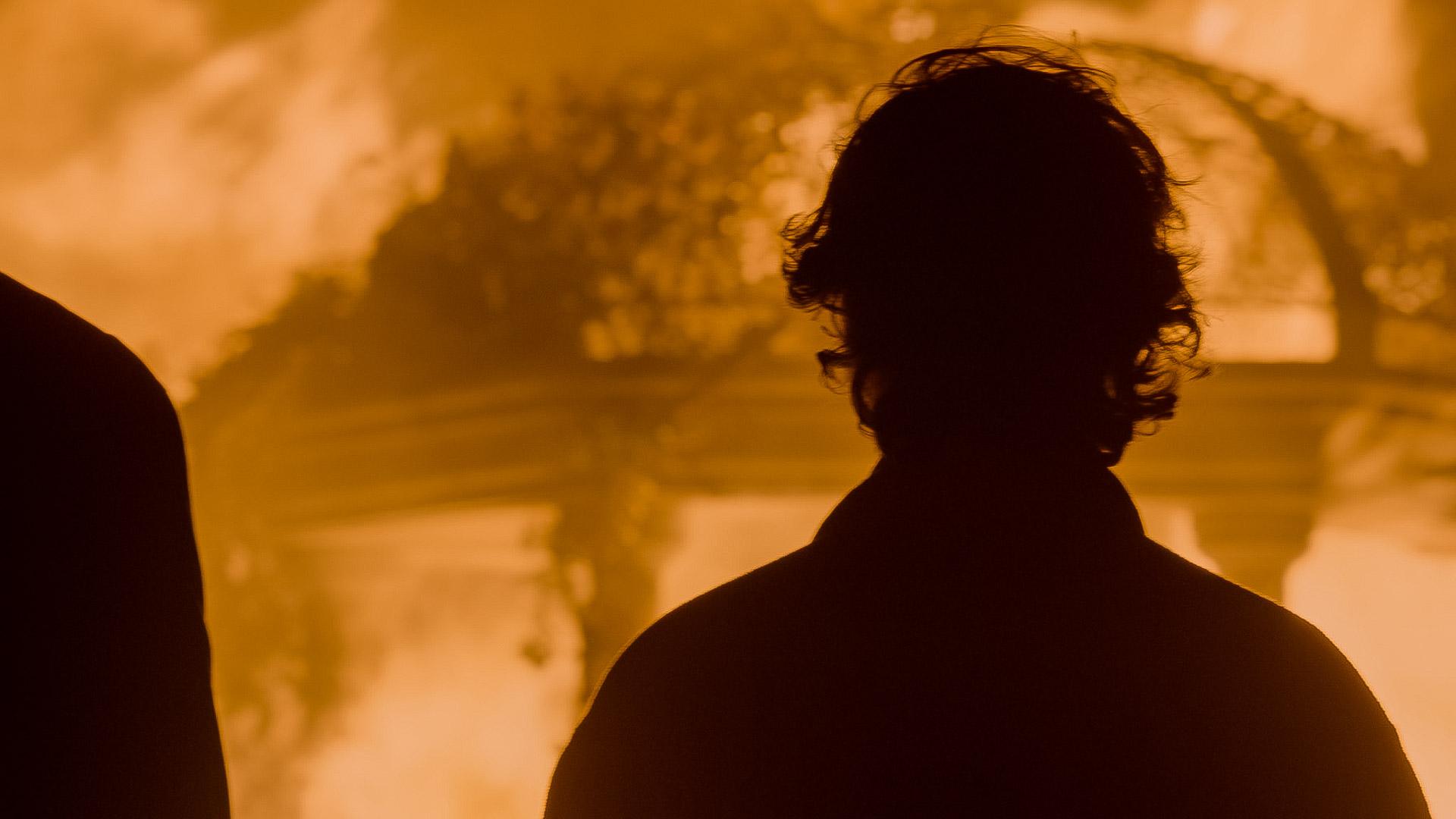-
Search Results
-
Topic: Aggressive Color
Hi Sir Roger Deakins (and others),
My coworker and I were having a debate after watching an interview/breakdown for the cinematography from the new show Beef shot by Larkin Seiple. Below is a still from a timelapse process shot done near the end of the show. You can find the full shot here as well. There’s just a hodgepodge of colors all over, which honestly is pretty on style for the show, which doesn’t shy away from mixing color temps, or even just using multiple aggressive colors to light the subjects. We also thought of another shot (put below) from Marcell Rev’s Euphoria. That show also has plenty of insane color or camera moves throughout, but the still below we thought was actually a really good use of red. It’s still very prominent, but still toned down with the cool white light surrounding it.
It’s easy to point at flashy colors and say, “Hey that doesn’t serve the story it doesn’t work!” But you can also have something that does serve the story, but it’s still too much. From the other threads and what I’ve read I know you are much more restrained in your use of color, and even find it a nuisance. But color, and aggressive use at that, can have its place. If this line of what’s considered distracting is different for everyone is it just something you need to make a personal decision on as an artist? How do you look at your work with a fresh eye and make sure your work is all in service of the story? If the lighting or camerawork is “intense” is that always a bad thing? There have been entire painting movements based around shifting the focus to technique or style or color over the story attached to the piece. Or is that not a fair comparison?
I would love to hear everyone’s thoughts! Thank you so much for your time!
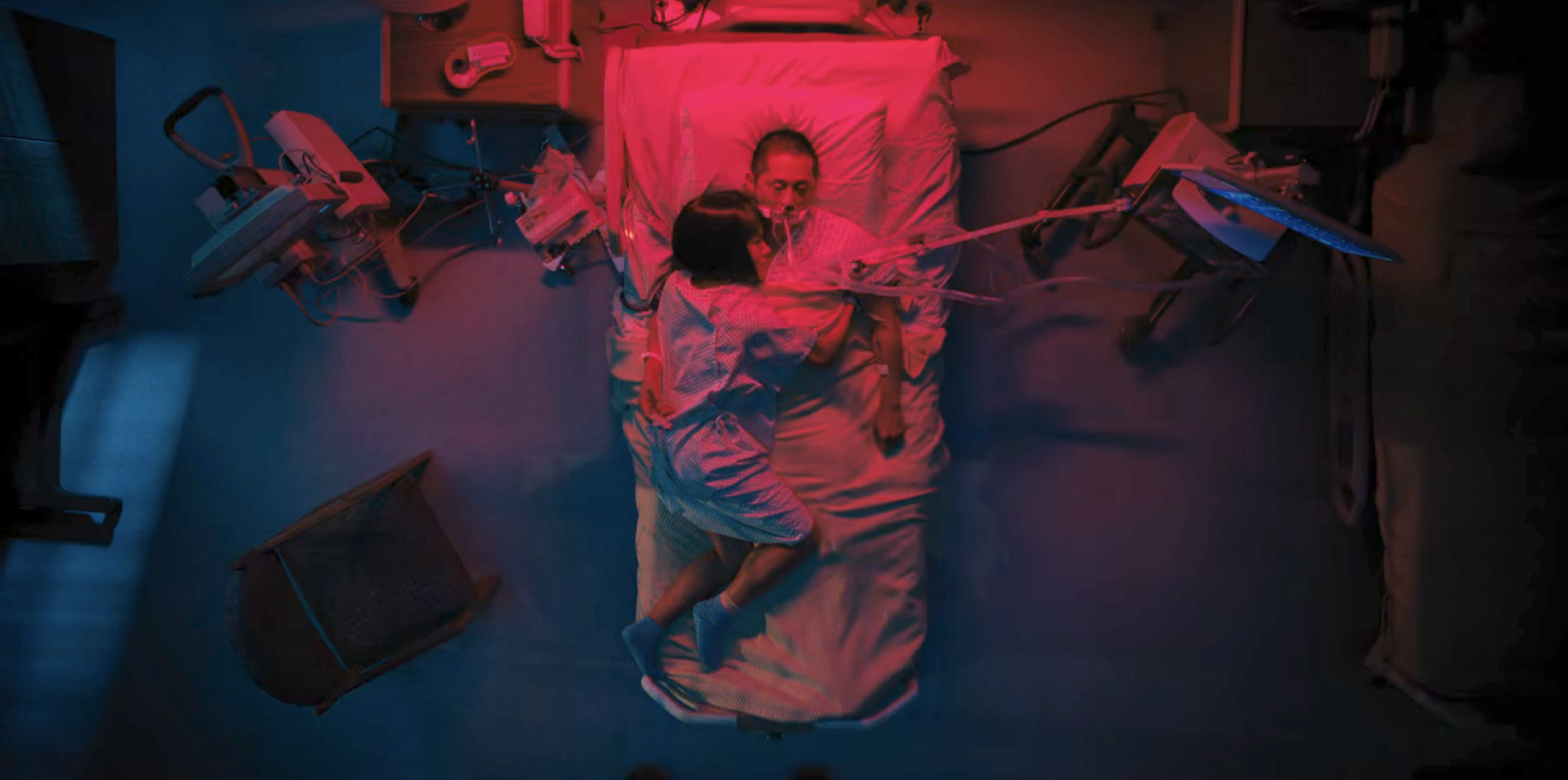
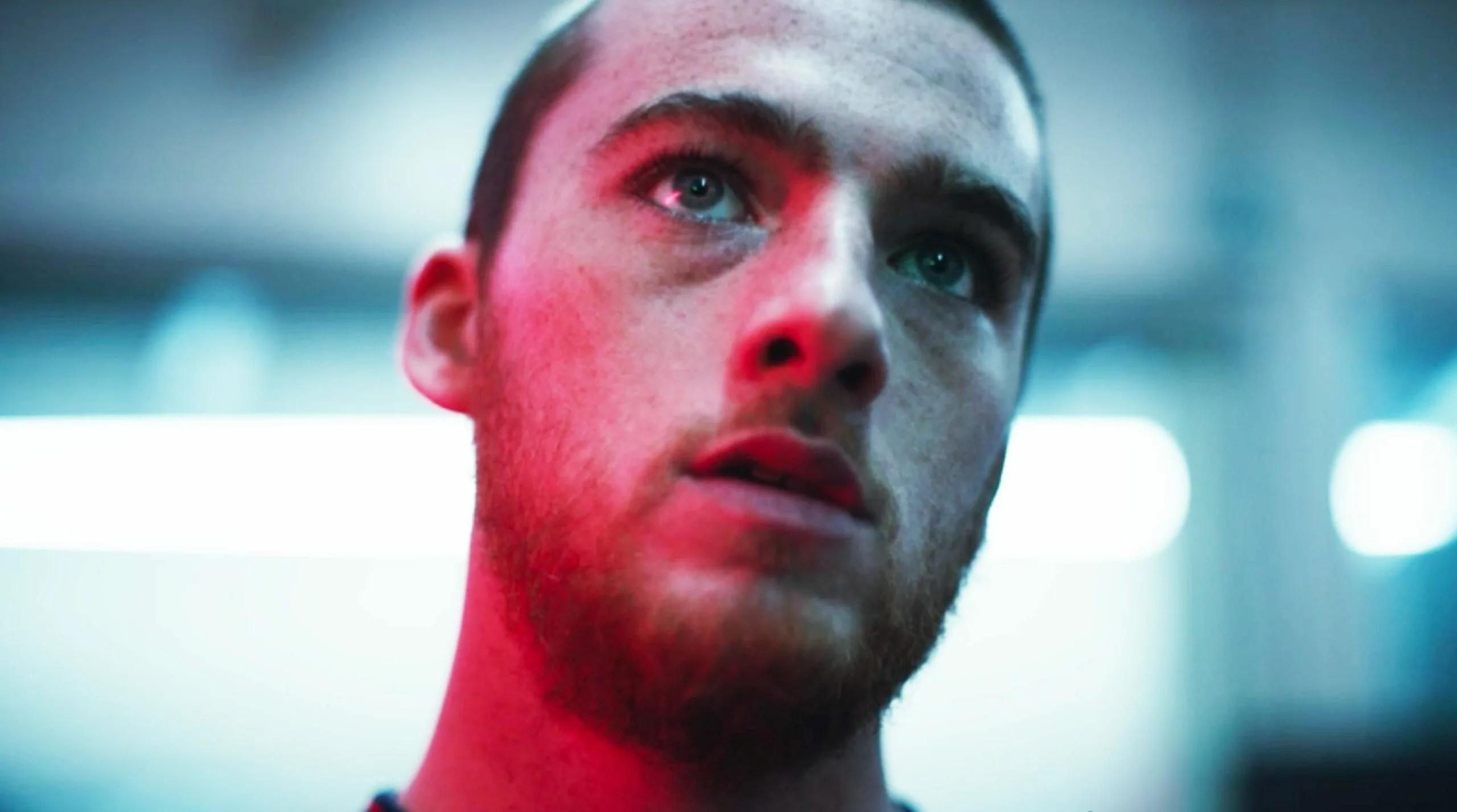
Topic: simplicity in lighting
Hi Roger, I would like to share a small collection of screen-grabs from a new short film I shot last weekend called ‘The Night Blooms’. I don’t often shoot ‘low key’ but I kept things really simple and relied on one practical lamp for the key (due to the story, and space limitations).
I wrote and directed the film, and provided the cinematography. I used some lovely vintage lenses and I’m really happy with the results.
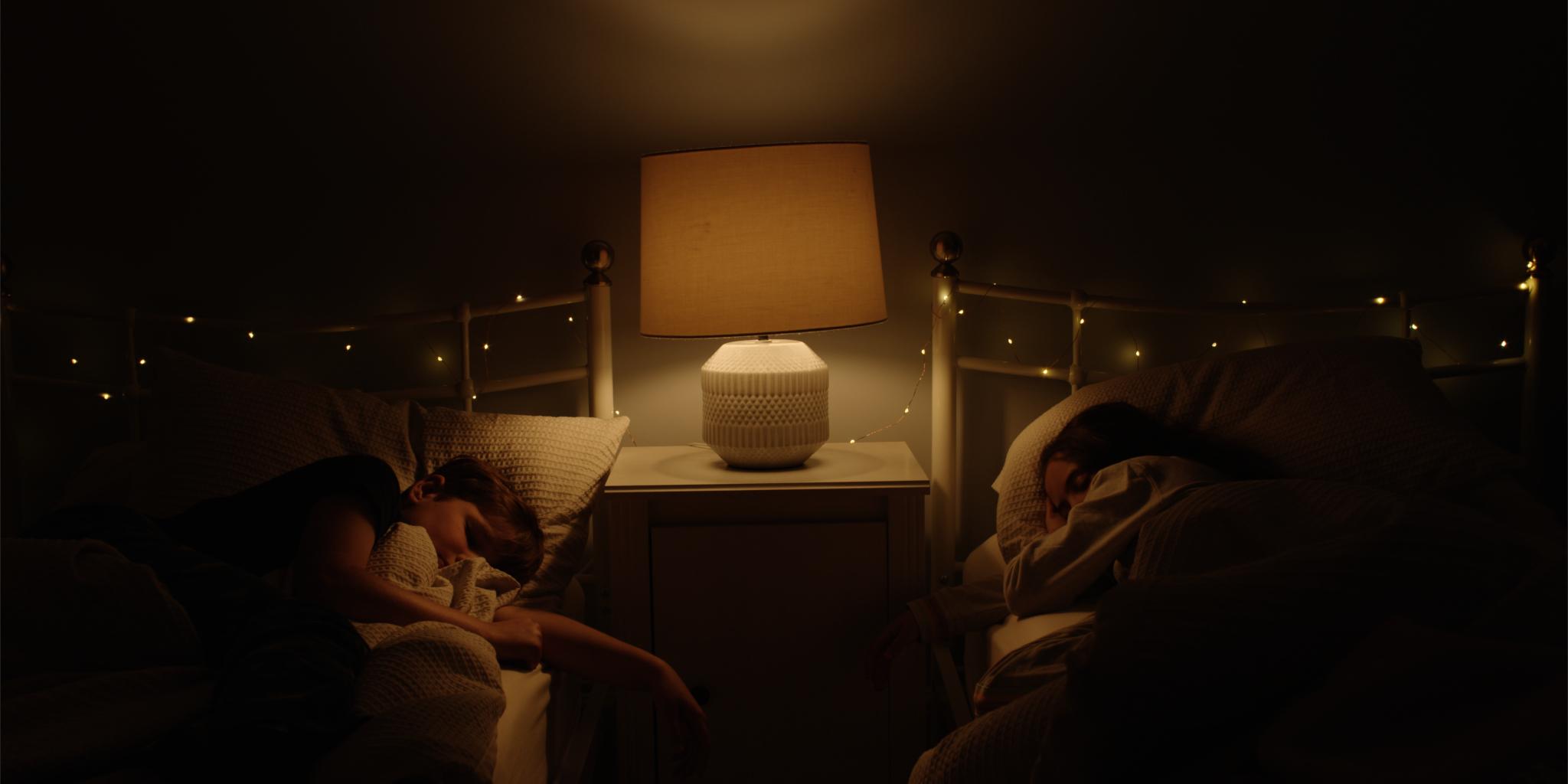
Not really looking for any opinions really, just thought I’d share. As so many other filmmakers around the world, I’m influenced by the simplicity in your work.
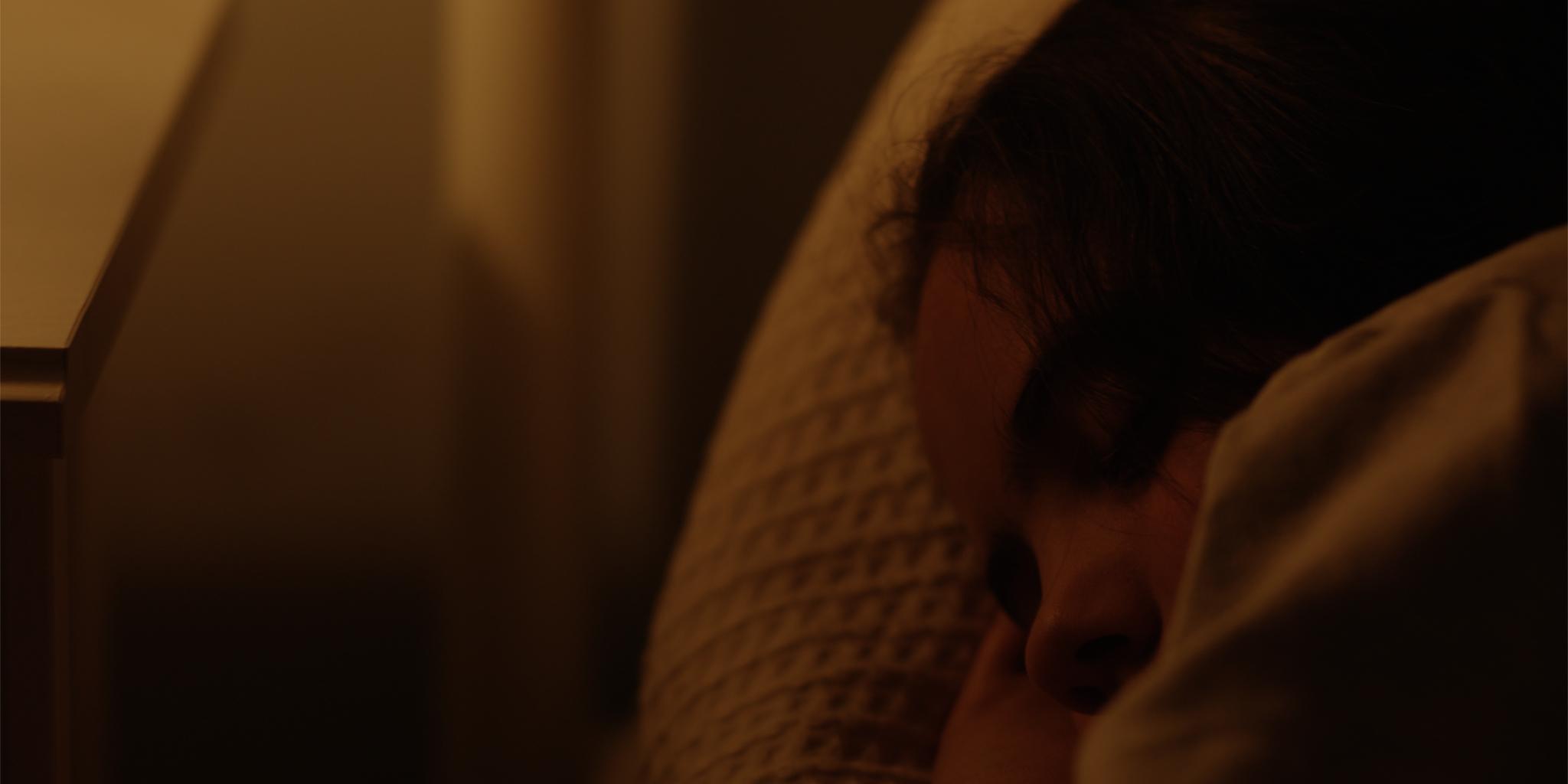 hi-res images can be viewed here: https://www.arkpictures.co.uk/films/the-night-blooms (these jpgs appear a little crushed in the blacks)
hi-res images can be viewed here: https://www.arkpictures.co.uk/films/the-night-blooms (these jpgs appear a little crushed in the blacks)thank you for your time
Dan
Topic: Very minimal lighting
Hi all
Not posted since the new threads so my old posts have gone. Back with another minimal lighting short that i shot recently. I like to challenge myself to the least amount of lights possible and this one is a new personal best. Heavily inspired by Roger’s work on 1917 (lighting methods, not camera) I tried my best to shoot under cloud. Given the extremely tiny budget, i thought id let the location do all the work and prey for cloud. All the exterior battle scenes were shot with no lights, just daylight under cloud and some negative fill here and there. All the interior shots of the woman in the house were done with no lights, just a large window, bounce and control. The only light used in the whole film is a single Apeture bulb placed in a lantern in the bunker scene. Pretty happy with how it turned out considering the budget (sub £5k).
Have to thank Roger and his openness with knowledge that gives people like me the confidence to not overthink things and follow your instincts!








Hello Mr. Deakins and all the Dp’s over the forum! I hope you Mr. Deakins and Mrs. James are well.
I read that you maybe will prepare something for the “Looking at lighting” section about ‘EoL’, I’m so curious about your light rig in the cinema hall (I saw that you used big rings of Astera bulbs).I would like to ask you, if it is possible, what did you use in the projection cabin for this scene (I attach a youtube part of the scene and frames). I think it was a tricky location cause it is so small, with tall visual elements that can cover light, with also light walls, and there are quite enough cuts and angles in the scene.
I suppose that the “main” motivation comes from above, from the florescent fixtures, which seem around 4000k (as seen in the first image), but depending on the angles seems to me that you adjust things to have the “right” shape.
In the first frame, the fixtures appear not so high from the floor (I suppose around 2.50 mt.) so the falloff should be quite drastic.
When you moved inside the room did you adjust the fixtures to have a soft “pool” behind the two projectors? It seems to me that light “washes” a bit more walls in that cut/angle and gives shape to the subject in the shadowed foreground; furthermore seems to me that you raised up the fixtures a bit.Did you used also some Astera tubes on the floor to wrap faces and mimic the shape of the ceiling fixtures in some situations, like when they talk through the projector or when they do the ending part of the dialogue? Or maybe some bounce surface to catch existing light and shape the faces?
Whatever you’ve done, it’s all invisible in a very small location full of surfaces where as soon as you turn something on it starts bouncing everywhere and being visible. And all with superb continuity.
Small locations are my nightmare 😅.I want to thank you first of all for your availability and for your time. I’m sorry if sometimes I’m so specific but I like to impersonate myself as dp when I look at a scene, and that location with all those cuts would have confused me a bit. I have the big privilege of being able to ask you how you managed the scene and learn from your words.
Last summer, I had a scene with a similar location (smaller still actually) but it had dark walls and fewer cuts to “accommodate” and to maintain continuity.
I apologize for my bad English. Thank you again, Mr. Deakins.I wish you a peaceful day.
Max.https://www.youtube.com/watch?v=c-7GquLUzcM
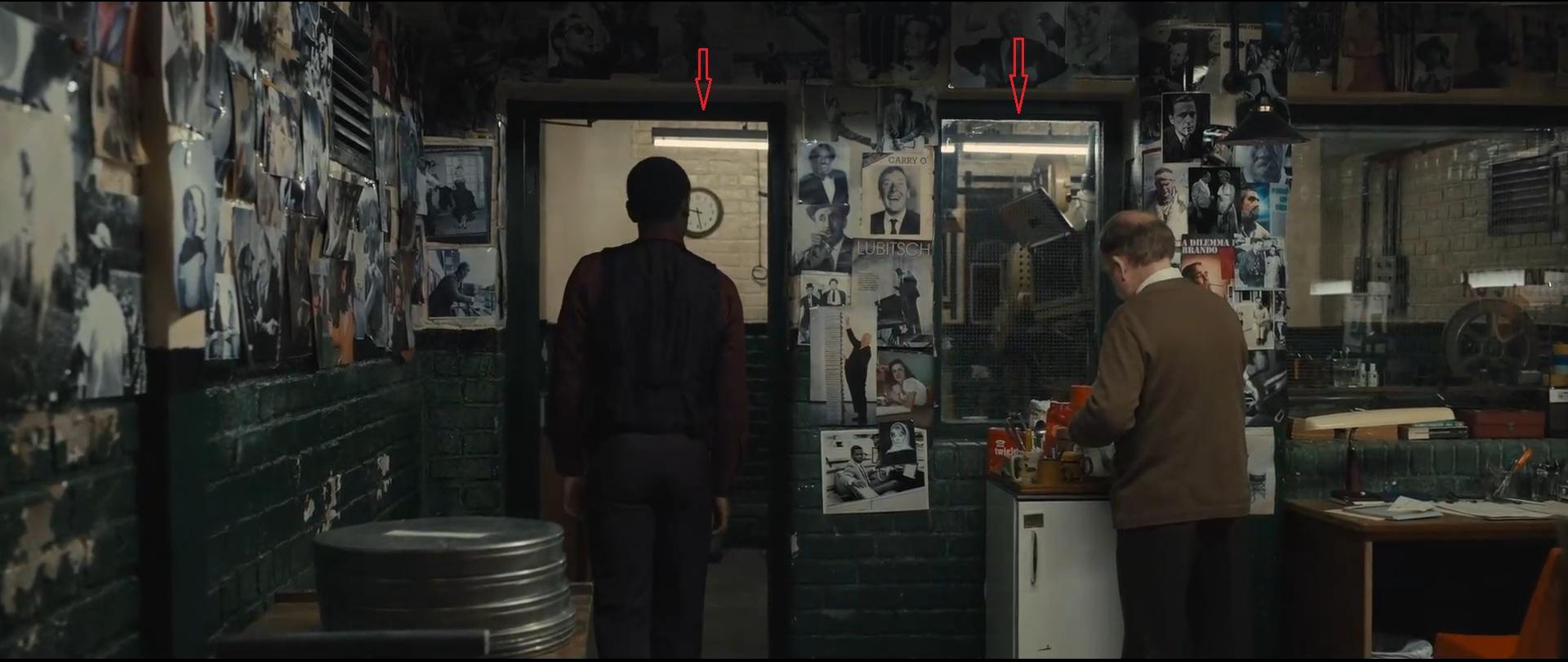
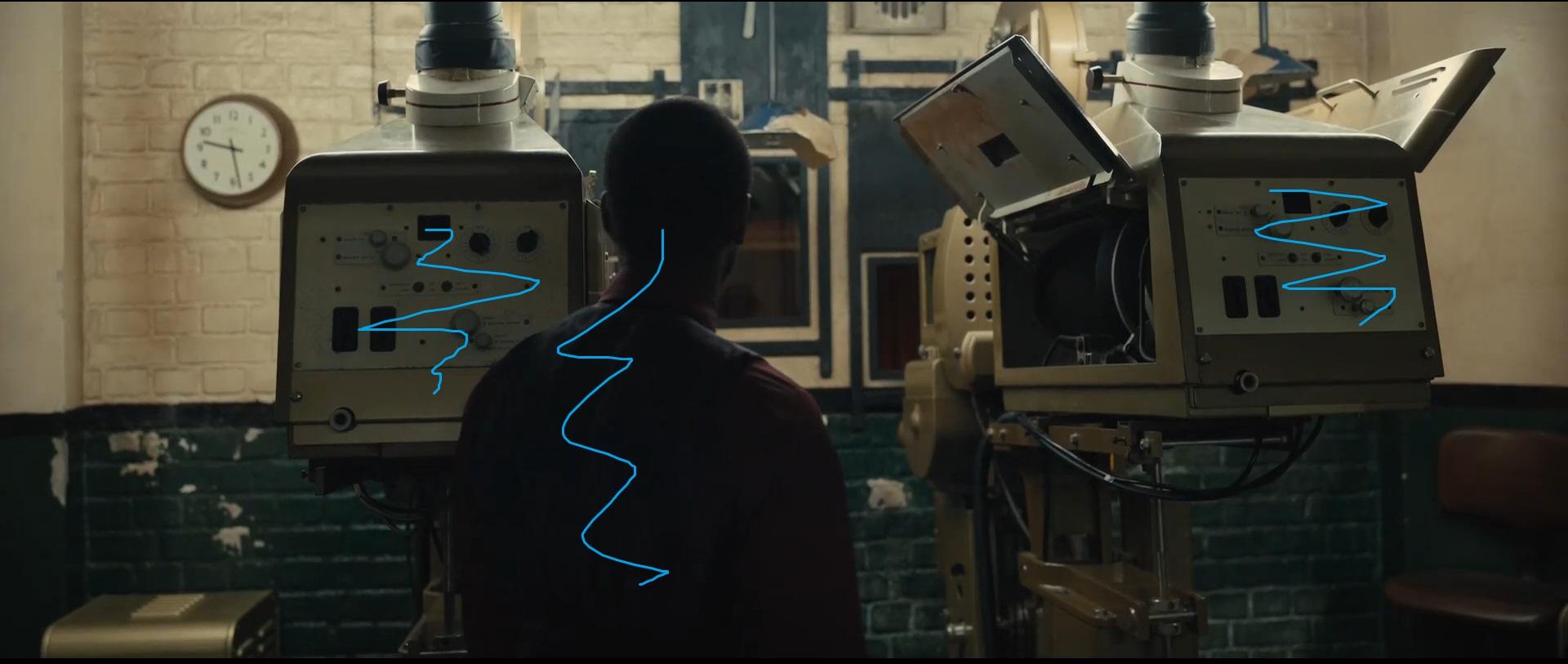
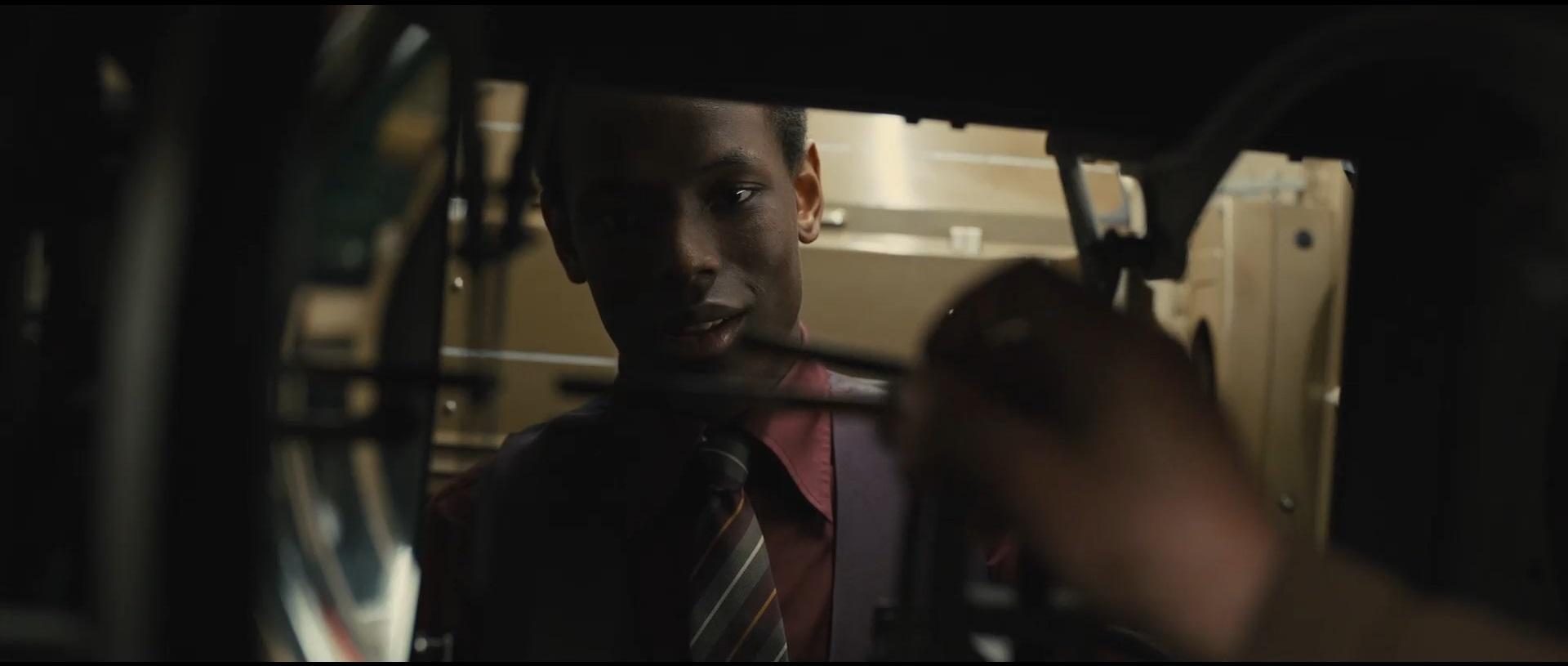
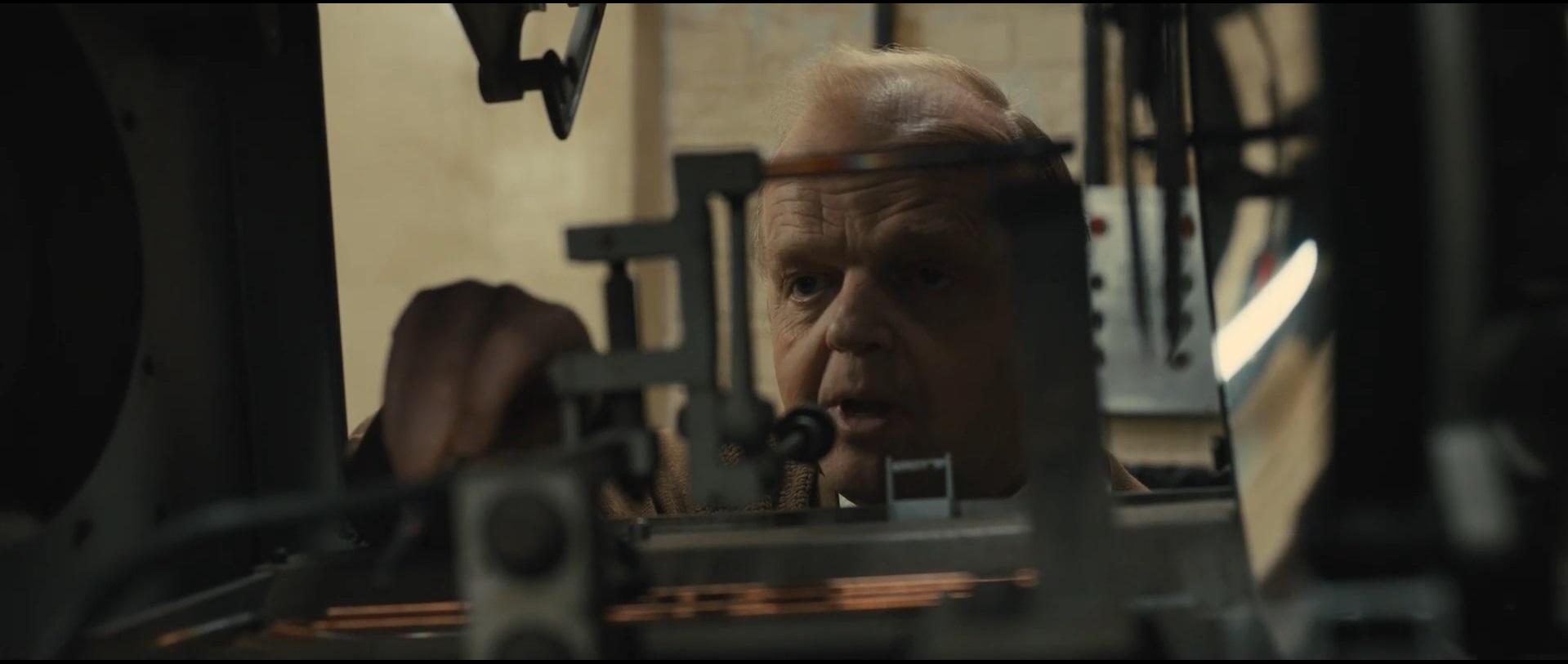
Dear Roger and everyone else in this forums section,
My name is Francis and I’m currently writing my BA undergrad dissertation on Borderland film and TV. Two of my primary film sources for the project are No Country for Old Men and Sicario. I loved watching your recent GQ interview and am glad to discover your website.
I’m fascinated by the choices of location in these films and your approach to establishing shots. I know that you love shooting broad, barren and open vistas and wanted to ask you some brief, specific questions on your use of establishing shots and locations.
1. How and why did you pay attention to fences and walls, particularly in relation to characters?
2. Why are establishing shots in Sicario shot more aerially and dynamically than those in No Country?
3. Finally- how have you approached shooting the ‘urban’ as opposed to the desert? (Why motels, caravan parks, bus stations, housing estates etc.?)
If you could respond- no matter how briefly or even if you would like to focus on one specific question- it would be greatly appreciated. Anyone else roaming these forums can feel free to chime in too.
Many thanks for your amazing contributions to this weird and wonderful world of cinema,
-Francis
Four of my favourite shots below for reference:
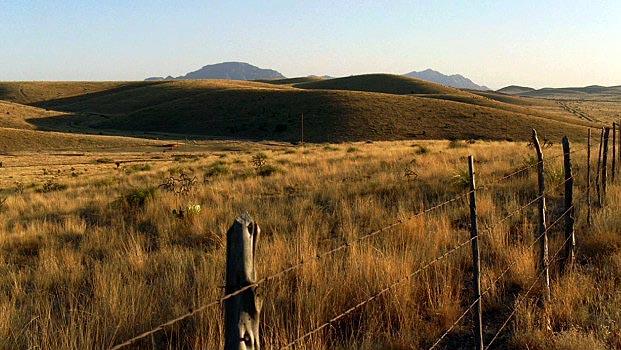
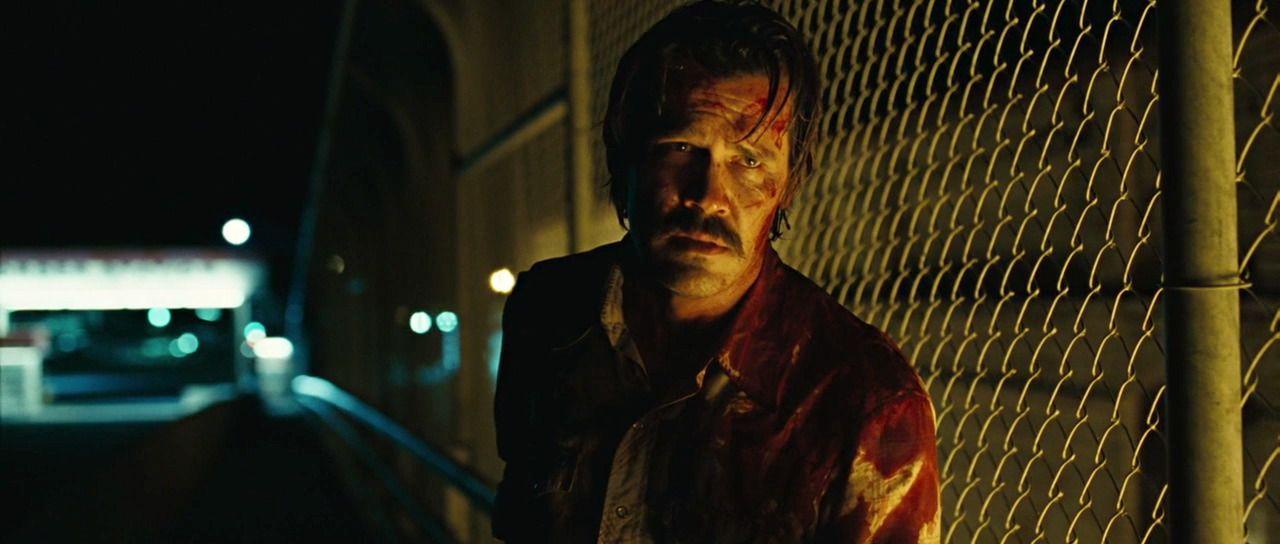
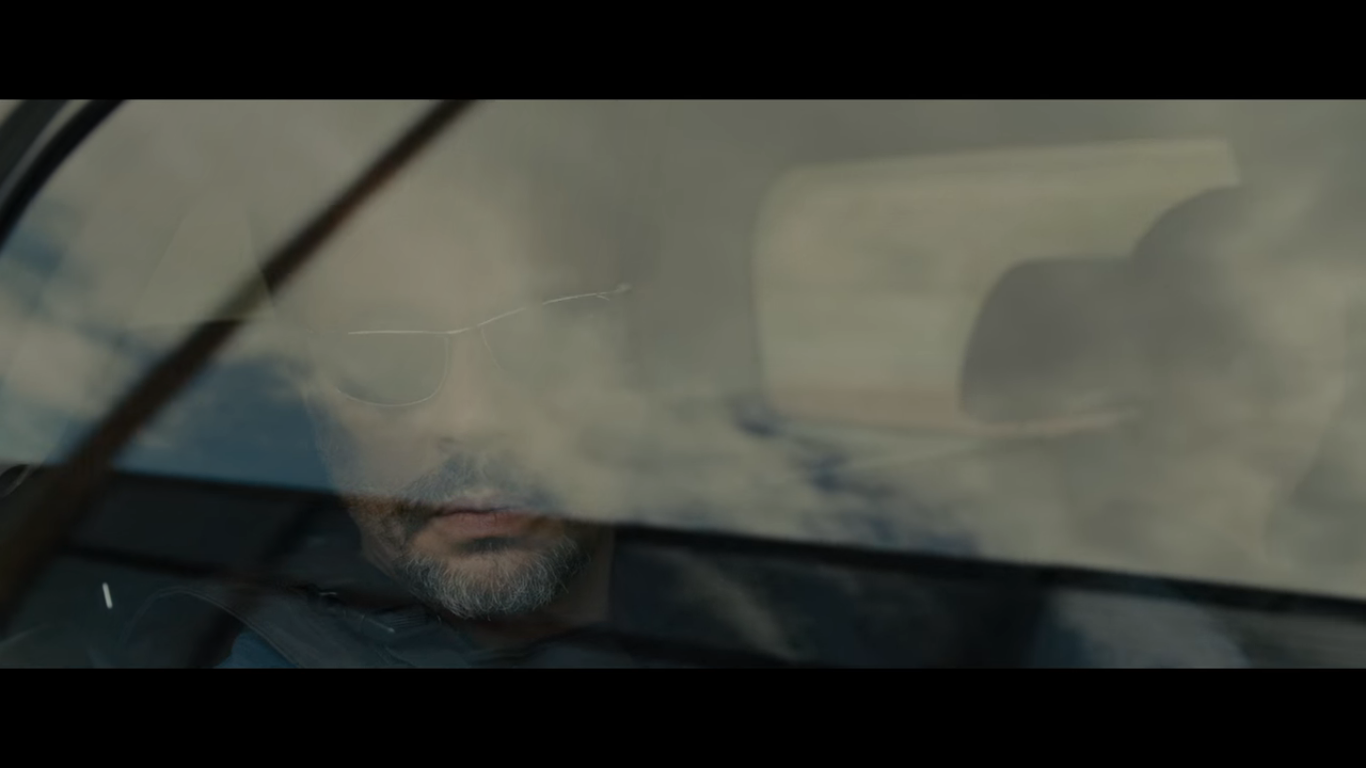
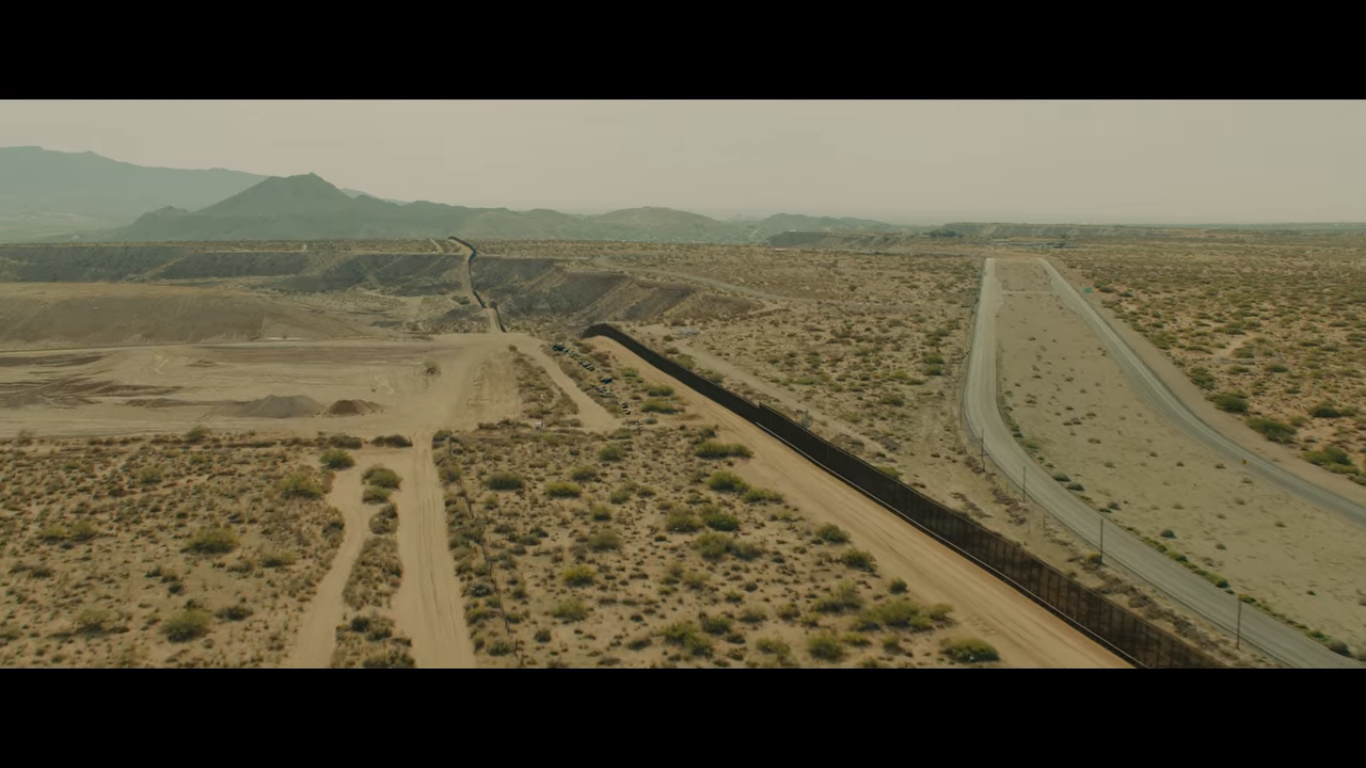
Topic: Huge thanks to Roger
Hi Roger and James . Hello everyone on the forum. I hope you are fine In any case, I don’t want to brag. If you think this is not for here please remove it . I just felt compelled to share this with you. because thanks to you and everything I’ve read on this forum over the years. I made this film, of course there is still work to be done on it, but we didn’t have that time because we were chasing deadlines, mostly we did it with minimal time and resources. He already won a second prize in my country in a contest created by a YouTube group. Then I was told that he won second place because the son of the person who organized the contest starred in the movie with the first prize. That is why my film was in 2nd place. And it was a small cash prize, which suited me better
 :). Now it has been selected in one of the biggest festivals in America.I want to say thank you for helping me get this far and it means a lot to me. Of course, there is a long way to feature and full-length cinema will never be able to get there. I am truly grateful to you for everything I have learned from you. Of course, it will be very grateful if you can accept any comments, advice and criticism.
:). Now it has been selected in one of the biggest festivals in America.I want to say thank you for helping me get this far and it means a lot to me. Of course, there is a long way to feature and full-length cinema will never be able to get there. I am truly grateful to you for everything I have learned from you. Of course, it will be very grateful if you can accept any comments, advice and criticism.PS: I posted the death scene with the question that Mike answered and I was supported. When it was still raw
Visual Arts
Creativity in all its forms...Topic: Film Student Scholarships
Hello,
I hope you are all doing well! I am supposed to go to university next year and was wondering if anyone knows trustworthy scholarships for film students or anyone in general. I am not sure if this is the right place to ask, but i’m sure there were at least a few of you who went to film school! Thank you for your help.
– Shea
Topic: Black and White 16mm
Hey forum – anyone have tips for shooting black and white 16mm ifilm n daylight?
I’ve shot with color 16mm but never black and white. Didn’t know if there are any big points to look out for when dealing with B/W that differ from color.
Thanks
CBE, ASC, BSC

